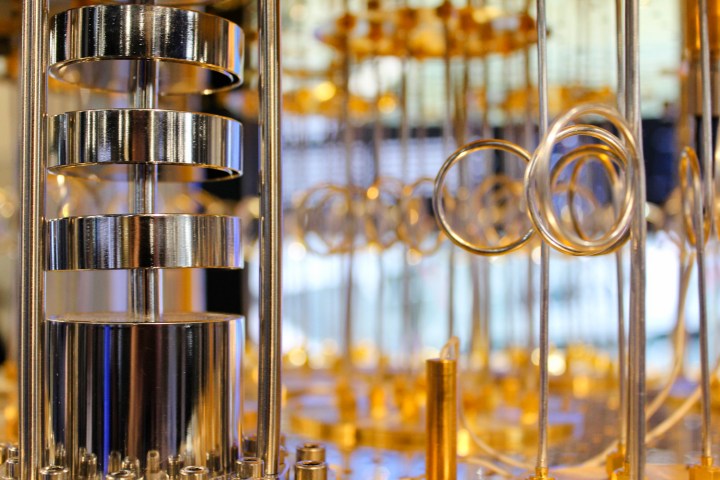
To accelerate the progress of quantum computing, Microsoft announced at its annual Build developer conference that it will open source its Q# compiler and the quantum simulators in the Quantum Development Kit. Pronounced as Q# , the Microsoft quantum computing programming language was initially released as a development kit to developers a little more than a year ago in December 2017 at the Ignite Conference.
Whereas traditional computers run on binary bits existing in on or off states, a quantum computing bit, or qubit, can exist in multiple states simultaneously. By leveraging the nature of quantum mechanics and particle physics, developers can create more powerful programs than what is available today. To facilitate this effort, Microsoft’s quantum computing development includes the Q# language, compiler, library, simulator, trace simulator, and Visual Studio extension. Microsoft is using its Q# language to help traditional computer programmers write quantum code, rather than limit quantum computing to the realm of physicists working with immensely more powerful quantum computer hardware. The resulting code can then run natively on a powerful PC available today or through a cloud simulator.
By open sourcing its Q# compiler and simulators, academics and researchers working on open source software development will be able to leverage the Q# language as part of their works. With its acquisition of GitHub, Microsoft has been more willing to embrace the open source community in recent years. Additionally, developers can also contribute back to the open source community with their own code changes. Though a specific date was not given, Microsoft said that its Q# open source initiative will come within a few months. We’ll likely hear more about Microsoft’s quantum computing initiative this week at the Build developer conference.
Microsoft is one of several large technology companies making big bets on quantum computing as the future of computers. Microsoft had previously offered developers free courses in Q# programming as well as bringing access to Q# development to Mac users. In addition to Microsoft, Intel, Google, and IBM also share in the vision of miniaturized quantum computing hardware in an effort to bring the power of the technology to your desk. This dream still requires years, if not decades, to be fully realized.
Even with the promise of dramatically more powerful computing power in a form around the size of a desktop computer, quantum computing isn’t without its own set of drawbacks. Because of the more limited power of computing hardware today, encryption algorithms, like RSA keys, are difficult and require a lot of time to break. Given the power potential of quantum computing, security and encryption will have to be re-imagined
Editors' Recommendations
- Microsoft’s emoji library goes open source
- Microsoft’s new quantum chip could help control thousands of qubits
- Meet Silq: The first intuitive programming language for quantum computers
- Microsoft’s open-source Chromium Edge browser has entered beta. Here’s how to get it
- Microsoft’s Pro IntelliMouse goes all-in on retro design, for better or worse


